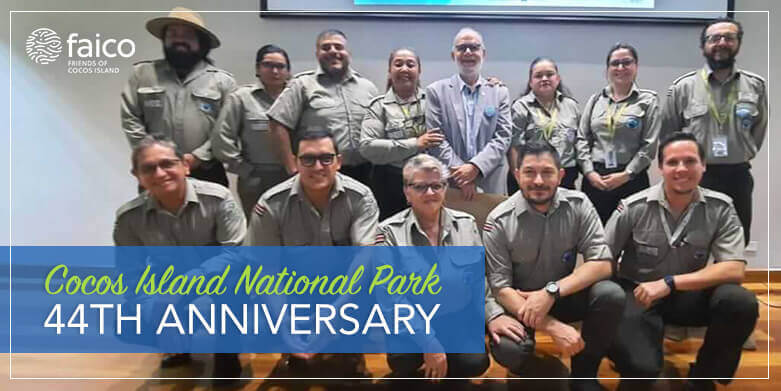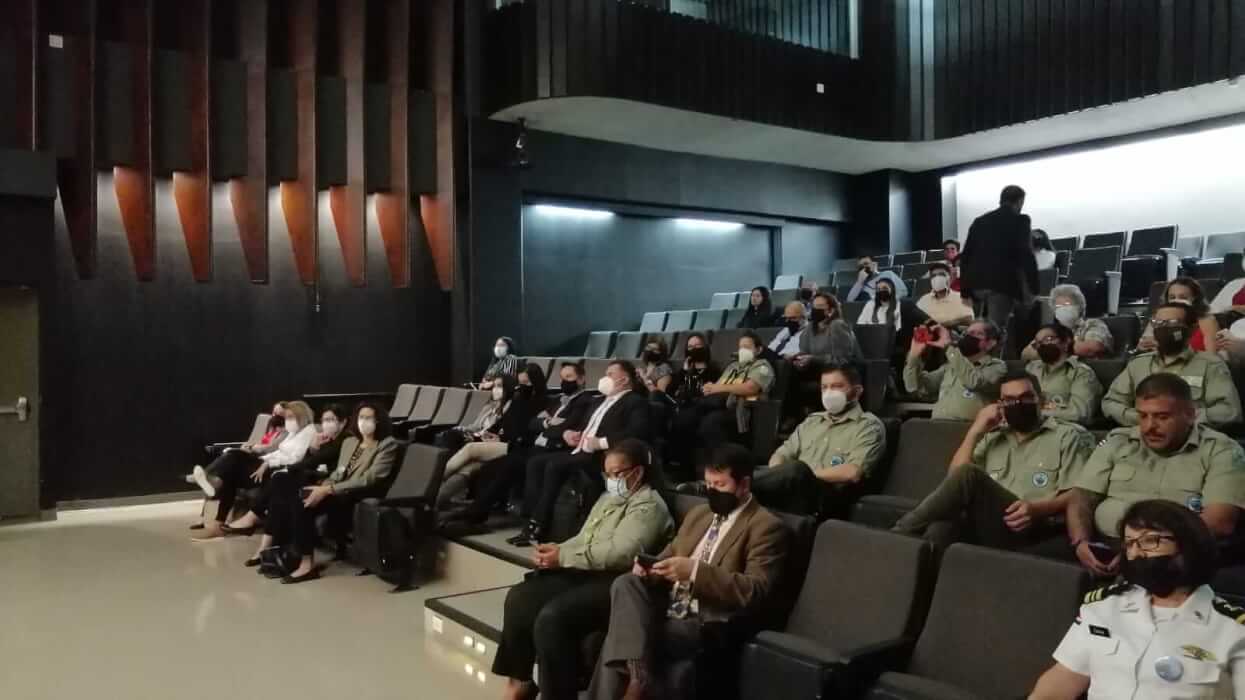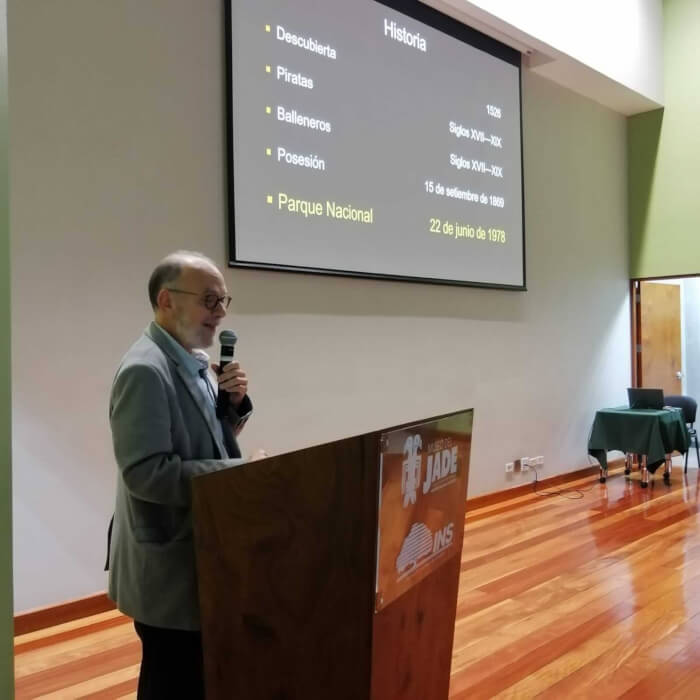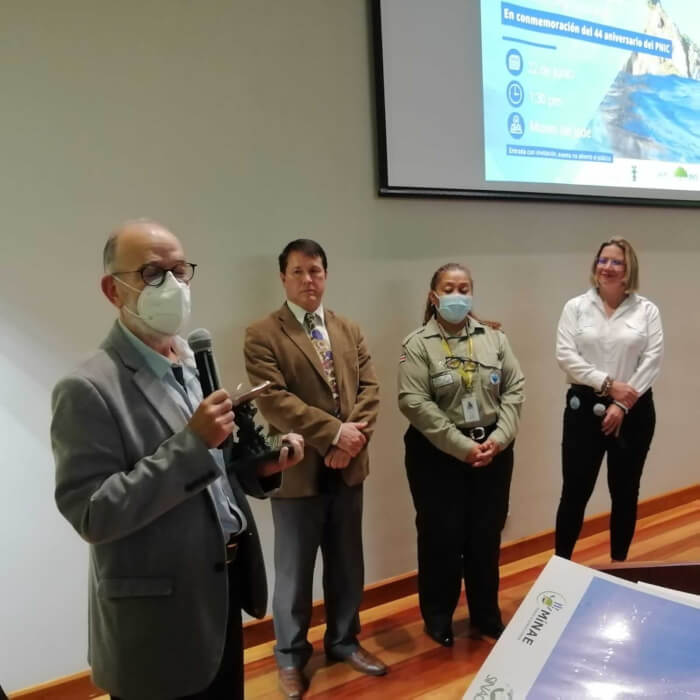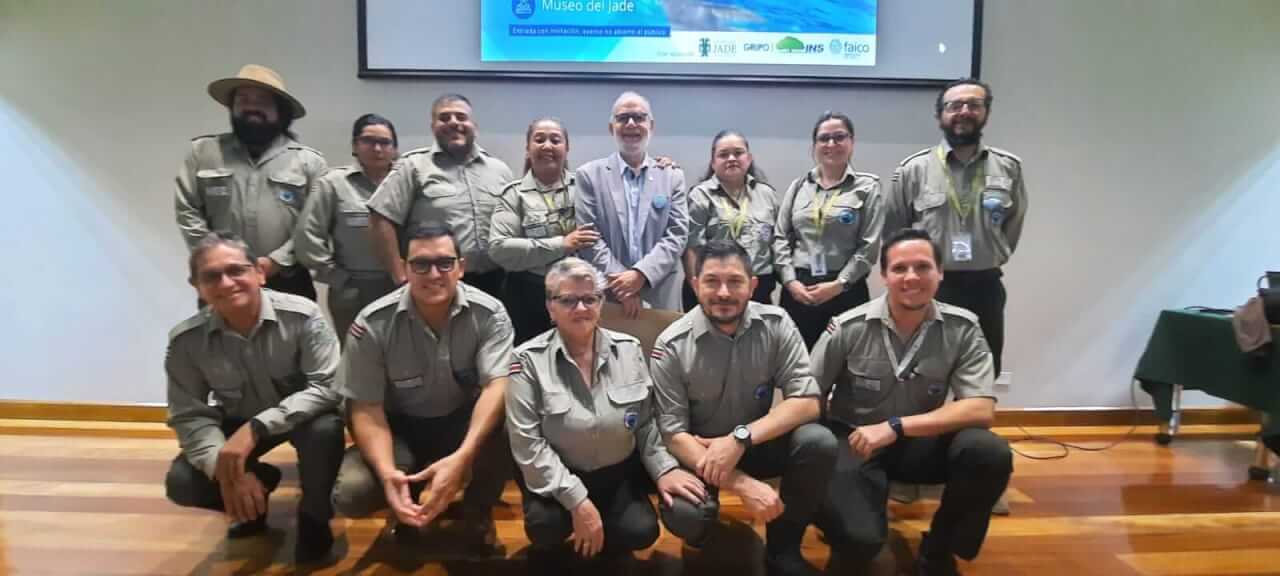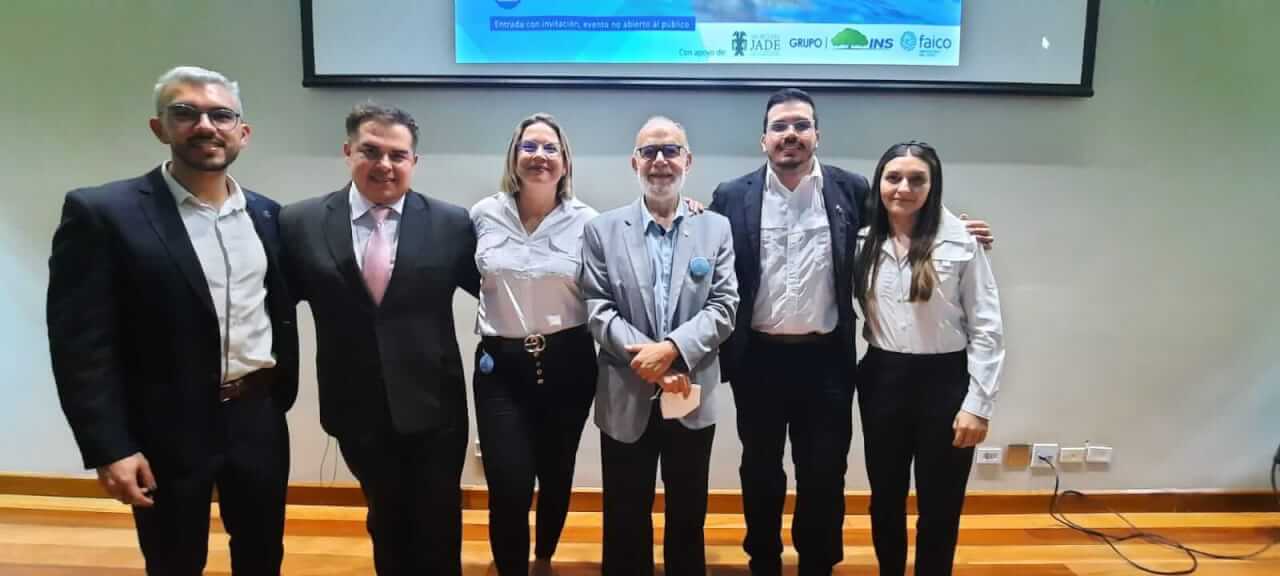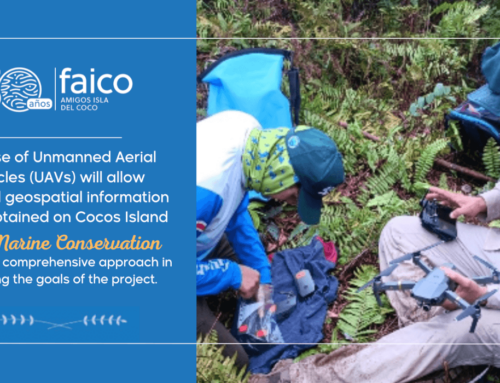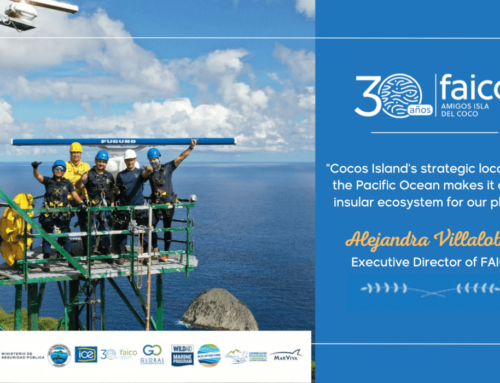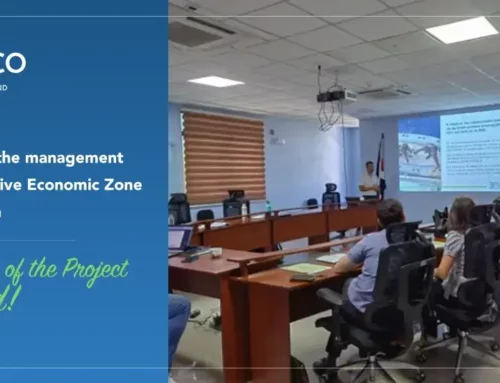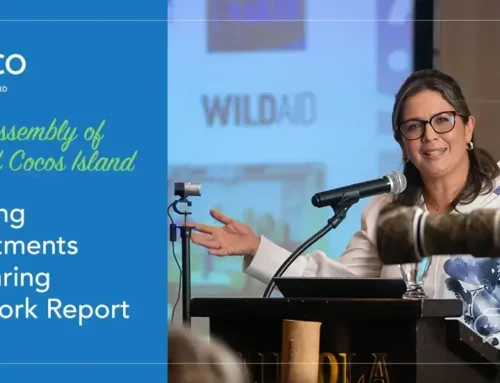Cocos Island National Park 44th Anniversary
An opportunity for us to turn our eyes to this national treasure
- This is the first time that the anniversary of Cocos Island National Park is celebrated after the expansion by 27 times its size.
San Jose, June 22, 2022. The celebration of the 44th anniversary of Cocos Island National Park (CINP) this June 22nd is an opportunity to draw attention to the contribution of Cocos Island to the economy, environment, tourism, and scientific field in the country, but also to the commitment and responsibility that we as a country have for its conservation.
Despite the efforts made, threats such as: illegal and ghost fishing, climate change, pollution, habitat destruction, exotic species, and the loss of biodiversity continue to be challenges that park rangers of the Cocos Marine Conservation Area (ACMC) must face every day.
Protecting and conserving CINP benefits us all!
The economic, social, and biodiversity contribution of Cocos Island National Park is invaluable. With the conservation of this protected marine area, the country guarantees the permanence of essential nutrient cycles for life such as nitrogen and phosphorous, oxygen production, climate regulation, CO2 absorption, conservation, and reproduction of key species for fishing and for the development of recreational activities such as diving.
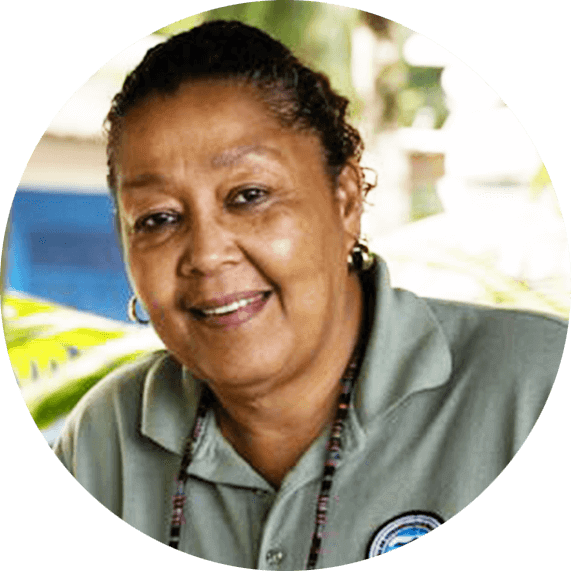
Gina Cuza, Director of the Cocos Marine Conservation Area (ACMC) stated that for Costa Rica, Cocos Island and its surrounding waters are fundamental players. “This anniversary is special in view of the recent expansion of Cocos Island National Park and of the Bicentennial Marine Management Area, with which the country has achieved the conservation of 30% of its marine territory. This wise decision translates into an enormous responsibility so that Costa Rica continues to be a benchmark for conservation worldwide, now with greater attention to marine ecosystems”.
Cocos Island National Park in figures:
- It harbors the lowest altitude tropical cloud forest in the world.
- It is the largest National Park in Costa Rica, with an area of 54,844 km2.
- In 10 years, at least 32 new bird species have been reported.
- With the expansion of Cocos Island National Park and the Bicentennial Marine Management Area, Costa Rica will preserve around 31% of its marine territory.
- In 2015, juvenile hammerhead sharks were reported for the first time, and in 2021, for the first time, a baby tiger shark was sighted on the island, which could translate into the area being used for reproductive purposes of these species and not just for migration, thus reinforcing the value of this habitat for sharks.
- There are around 1,688 marine fauna species, 149 species of birds, and one of the largest and richest reefs in the Eastern Pacific.
- It has been declared a World Heritage Site, a Wetland of International Importance (RAMSAR site), Historical Architectural Heritage of Costa Rica, Global Oceanic Refuge, and Natural Shark Sanctuary.
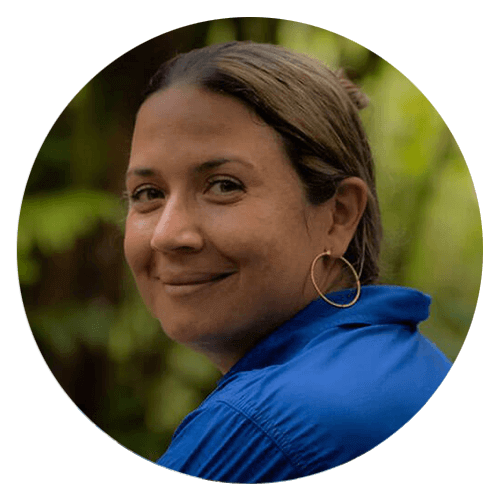
Alejandra Villalobos, Executive Director of FAICO, commented that “this anniversary invites us to reflect on the great challenges to intensify efforts in the fight against climate change and the threats that lurk in the seas, which, as we know, are not few. For this reason, it is necessary that together we continue to build affirmative actions and develop joint actions among public institutions, civil society, and users of the seas to turn the oceanic marine protected areas of Cocos Island into an exemplary model of conservation and sustainable use of our ocean.”
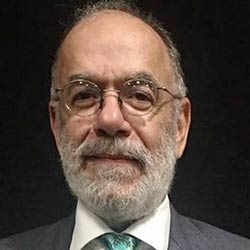 Recognition to Jorge Cortés
Recognition to Jorge Cortés
As part of the celebrations of the 44th anniversary of Cocos Island National Park, the Cocos Marine Conservation Area, and FAICO, Friends of Cocos Island Foundation, jointly organized the Keynote Conference: Why is the expansion of the protection of the seamounts of Cocos Island important? which was given by Dr. Jorge Cortés Núñez, one of the main researchers of these marine ecosystems, as well as a promoter of the expansion of Marine Protected Areas around Cocos Island.


